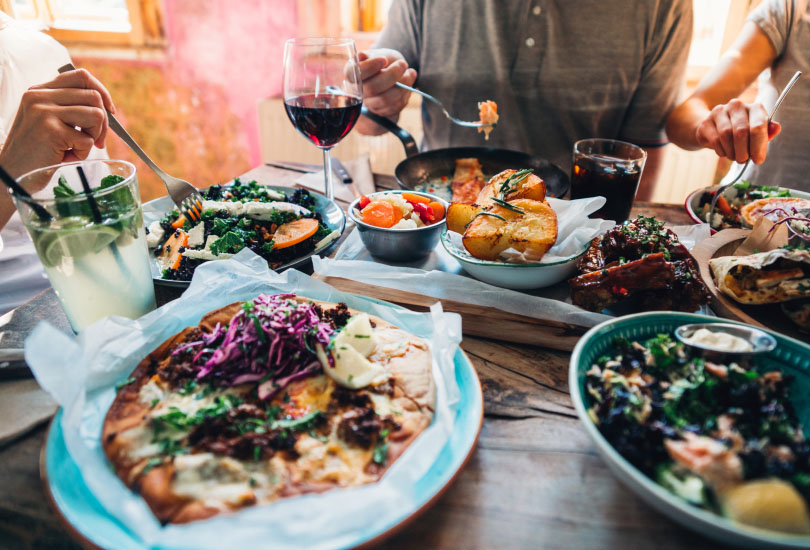January 16, 2019
Join the Farm-to-Table Movement with These Tips

January 16, 2019

Diners are searching out establishments that support local farmers. Here’s how your restaurant can join the farm-to-table movement.
Farm-to-table describes a food movement based on local, sustainable, and seasonal ingredients. The turn of phrase is meant to evoke idyllic scenes of suntanned farmers plucking plump blueberries straight off the branch and using them that evening for their pies. And while that image makes a lot of diners feel good, it’s not exactly what farm-to-table actually means in practice. So what does it mean for your restaurant
To label yourself farm-to-table requires sourcing your ingredients from local suppliers and changing your menu to take advantage of fresh, in-season ingredients. If your restaurant doesn’t fit this model, you might still consider sourcing locally given the benefits to the environment and your cuisine.
Sourcing locally and sustainably reduces environmental impact and helps boost local farmers by giving them a market to sell to. But there are also distinct benefits to your bottom line.
As the concept becomes more mainstream, many consumers believe farm-to-table is fresher, more nutritious, and better quality. While farm-to-table has always been the way of most fine dining establishments — beginning in the mainstream with Chez Panisse in 1971, at least in the United States — even fast-casual concepts like Chipotle and Sweetgreen have built their wildly successful business models on farm-to-table, charging a premium for fresh ingredients and displaying the names of their suppliers on cheery blackboards above the menu.

Investing in farm-to-table and marketing yourself as such — will help you tap into a broader customer base, especially younger diners more passionate about environmental issues and the farm-to-table movement.
The best part? The less time it takes for food to travel to your restaurant, the better it will taste. Using higher-quality ingredients in your menus will only make your food taste better — word-of-mouth will follow.
Before you even think about your menu, do some research about your area. You probably already know what the top local dishes or ingredients are — think artichokes in Rome, piri piri chiles in Cape Town, or limes in Oaxaca. Then, use those local ingredients as the star of your menu.
Experiment with local ingredients for your classic dishes. If you’re based in New York City, you might be surprised how swapping from imported ingredients to local ones can lift your cuisine to new heights — not to mention cutting down on costs.
Once you know what to look for, search out the right vendors. You can start at your local farmers’ market. Producers often want the end result to be just as tasty for your guest as you do. Whether we are talking about a bloody mary using local celery and bacon, introducing a “trash fish” sourced sustainably like monkfish, or using lettuce from a rooftop garden, you usually don’t have to look very far to find someone to ask how to incorporate their product into your recipes.
If you choose to invest in farm-to-table, you’ll want to make sure you’re featuring that in your marketing. It can be a differentiator when it comes to consumer choice and help pique interest in your cooking. You can showcase your farm-to-table aspects by:
The most important part of your marketing? Authenticity. If you’re able to source all of your ingredients within 50 miles of your restaurant, say so. But if you’re not, don’t sweat it. Be crystal clear with your patrons what it means when you say “local” and how you’re changing your restaurant for the better. They’ll appreciate your honesty more than if you become another restaurant hawking “farm-fresh” ingredients that actually come from a can.

If you’ve already taken steps to source locally and sustainably, then make sure your Tripadvisor listing is a part of your promotional strategy. You can do this by: